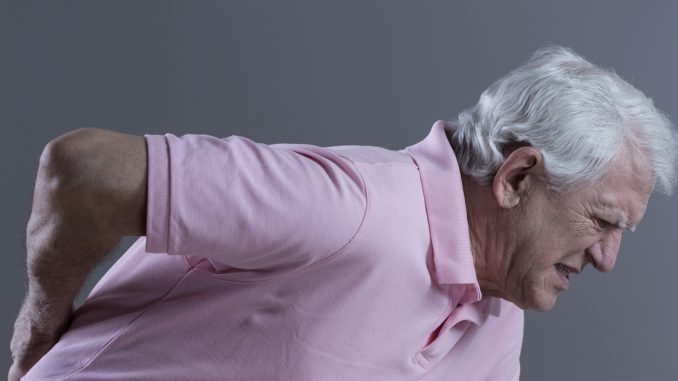
Lower back pain is one of the most common medical conditions among adults. According to a recent article published by Built Lean, 80 percent of all people will experience some form of lower back pain over the course of their lifetime. Lower back pain can be extremely debilitating. Fortunately, the vast majority of lower back pain is self-limited, and it can be resolved without the use of drugs or surgery. However, there are occasions in which the presence of lower back pain can be indicative of a more serious medical issue. Lower back pain can also become chronic, leading to pain management issues, making it imperative to address lower back pain immediately upon experiencing it.
Following, are three of the most common lower back conditions.
Obesity
Obesity remains one of the most prevalent conditions that contribute to lower back pain. Depending on which expert weighs in on the matter of obesity and lower back pain, the impact of obesity on lower back pain will take on a different identity. Some medical experts consider obesity to be a direct contributor to lower back pain, while others perceive obesity to be a risk factor for lower back pain. One thing is certain, and that is individuals suffering from obesity are much more likely to experience lower back pain, and if the issue of obesity isn’t addressed, the pain could become a chronic problem.
Strains and Sprains
Another common contributor to lower back pain is a minor injury, such as the type of injuries sustained with strains and sprains of the lower back muscles. These types of injuries are known as musculoskeletal back injuries, and they are exceptionally common, and they result from even the most menial physical tasks. Something as simple as picking up a box from the ground can lead to a musculoskeletal injury. While these injuries can be extremely painful, they are self-limited, and they rarely require any type of surgical correction.
Herniated Disc or Disc Degeneration
The bones of the spine are separated by discs, which function as a sort of cushioning mechanism between the vertebrae in the spine. As these discs degenerate, they can contribute to lower back pain. The pain from a herniated or degenerative disk can be excruciating, especially when the outer ring is damaged, allowing the disc to slip and press up against the nerves that exit the spine.
Alternatives to Drugs and Surgery
In the past, it has been common for physicians to prescribe surgical procedures and drugs as an initial response to lower back pain; however, a federal crackdown on pain management clinics that are functioning as pill mills has reduced the use of drugs as a viable option to addressing lower back pain. Plus, pain medications only treat the symptoms.
More and more people are looking for viable alternatives to drugs and surgery for treating lower back pain. There are a number of advanced, highly qualified pain treatment centers that provide remarkably effective, safe and medically accepted alternatives to surgery, including the use of lasers to target the sources of the pain. The combination of laser technology and physical therapy has produced some productive and powerful results in the quest for alternative pain management techniques.
